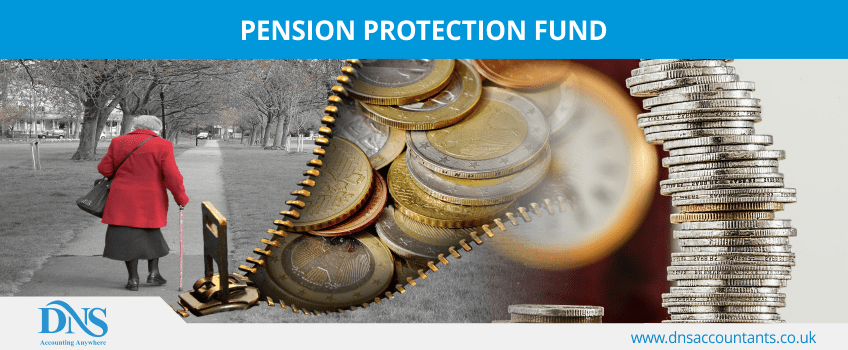British construction industry giant Carillion’s recent liquidation crisis has put not only many jobs on the line but has also put the pensioner’s money into doubtful consideration. As per the deficit reported by the firm, it has £590 million pension deficit in addition to the £900 million debt. The company has been falling short of paying higher pension contributions pretty much since 2008 and cited lower cash flow as its main reason. However, the during the same period it kept paying the upper echelon fat paychecks and billed out higher dividends, sometimes as much as £60 million.
About Carillion

Carillion plc which was founded in July 1999 was UK’s one of the largest construction services company spearheading in many government run projects, construction of highways and maintaining schools and prisons. Over the course of its nearly two decade of business, it had delivered hundreds of projects, acquired major share in GT Rail Maintenance and other services companies and employed nearly 20,000 employees. It also had a lot of tie ups with small businesses, contractors and freelancers in UK. Over the last 15 years it acquired Alfred McAlpine, Mowlem, Citex Management Services and Planned Maintenance Group for over £572 million. Prior to its compulsory liquidation it was part of an association which is supposed to build the HS2 High Speed Railway Line.
Why Carillion Went Into Liquidation?
Carillions debt has been rising steeply since 2010 and in 2013 it crossed the £400 million mark. The biggest reasons could be attributed to Carillions taking up of low-margin work which proved to be a disaster. Moreover, it also did face some payment issues from the Middle East. It did face a major setback in some of its largest constructions – Midland Metropolitan Hospital in Sandwell, Royal Liverpool Hospital and Aberdeen Bypass. The constant delays in getting these projects completed led to adding up its cost. As its contracts underperformed, its debt went up to £900 million. To save itself from complete collapse, it did require funds to keep its operation afloat but the banks which had previously lent it refused to do so anymore. They did not have much of an asset and whatever contracts they did have; the banks thought they were less profitable.
Why Carillion Could Not Opt For Administration?
Administration aims to help a company repay debts to avoid insolvency if possible by finding a buyer for viable parts of the business, while liquidation is the process of selling all assets before closing down the company completely. Since it was more of a service oriented company it had no valuable assets while its huge contracts were underperforming.
What It Means For Pensioners?
As per Carillion, it reported a pension deficit of £587 million for which it has around 27,000 employees operating under 13 “final salary” pension schemes in UK. This deficit will mostly be absorbed by Pension Protection Fund (PPF) depending on the type of pension scheme they have. Currently as per some experts, PPF is pretty stable to absorb the deficit. As of March 2017, the PPF had £28.7bn in invested assets, and cash reserves of £6.1bn. It has a funding ratio – the fund’s assets versus its liabilities – of 121pc. When a company goes bust, PPF is a very stable solution for employees who have already retired, they get the full value they were supposed to get had the employer was still in business. However, those yet to reach retirement will typically see cuts of between 10pc and 20pc. There will be an initial reduction of 10pc when they reach retirement, plus they may lose some of their inflation proofing.
Pension Protection Fund (PPF)

The PPF was established in the year 2005 to ensure that employees’ pension was secured even if their employer went bankrupt. It safeguards the employees who are already claiming pension with the full amount they were supposed to receive and 90pc of the total amount for those who are yet to retire. However, high earners – not yet retired – face a substantially bigger loss. There is an overall cap on compensation, currently £38,505 for a 65-year-old, or £34,655 where the 90pc cap applies. Savers with long service get special protection: the cap is increased by 3pc for each full year of service above 20 years, up to a maximum of double the usual cap.
In general, there are several pension schemes that an employee can opt for-
- Small Self-Administered Pension Scheme (SSAS) – It is generally set up for the benefits of the owners and senior employees of the company by the limited company itself. It is an occupational pension scheme which gives higher benefits to controlling directors and is set up under a trust.
- Self-Invested Personal Pension (SIPP) - SIPP is a personal pension where individuals can make decisions about their investment policy, the SIPP of any individual acts a bit like a sub-trust of the larger master trust. There are some differences between SSAS and SIPP which one should carefully consider before selecting.
- Salary Sacrifice Pension Scheme – Under this agreement, the employee gives up a part of their salary which is then utilized by the employer to put that amount along with their contribution to the employees’ pension scheme. It also helps the employee and the employer in reducing their National Insurance Contributions (NIC).
Whilst choosing on a pension scheme, it is always advisable to consult with an expert accountant as there are schemes which would suit each individual in a different manner.
Any questions? Schedule a call with one of our experts.

.png)






